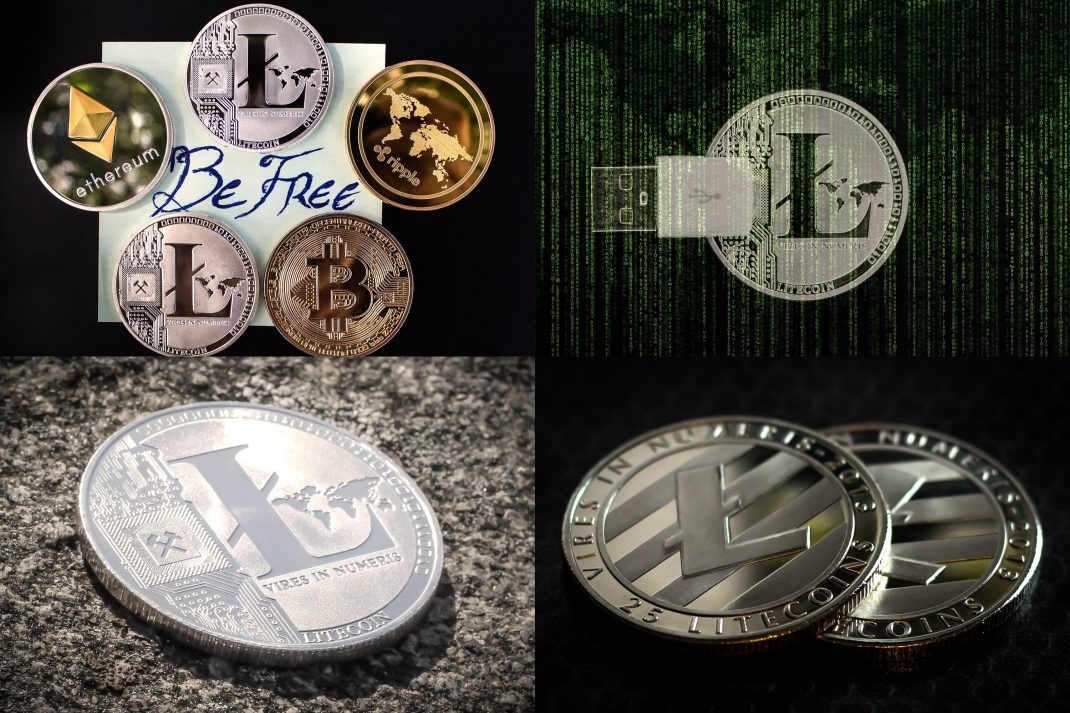Litecoin (LTC) is a digital asset that was created in 2011 by Charlie Lee, a former Google employee. It is a peer-to-peer cryptocurrency that was designed to be faster and more scalable than Bitcoin. In this article, we will discuss the history of Litecoin, its purpose, technology, and potential.

Contents
History of Litecoin
Litecoin was created in 2011 as a fork of the Bitcoin codebase. Charlie Lee wanted to create a cryptocurrency that was faster and more scalable than Bitcoin, which had become increasingly slow and expensive to use. He also wanted to create a cryptocurrency that was more accessible to the average user, as Bitcoin had become dominated by large mining pools and corporations.
Litecoin was designed to have a block time of 2.5 minutes, compared to Bitcoin’s 10-minute block time. This made Litecoin transactions faster and more efficient than Bitcoin transactions. Litecoin also uses a different mining algorithm than Bitcoin, called Scrypt, which is designed to be more resistant to ASIC mining.
– Chainlink (LINK): An Overview
Purpose of Litecoin
The purpose of Litecoin is to provide a fast, efficient, and secure way for users to send and receive payments. It is designed to be more accessible to the average user than Bitcoin, and to provide a more decentralized mining process that is resistant to domination by large mining pools.
Litecoin is also used as a digital store of value, similar to Bitcoin. Its limited supply of 84 million coins, compared to Bitcoin’s 21 million coins, makes it a scarce asset that can potentially appreciate in value over time.
Technology behind Litecoin
Litecoin is built on a decentralized blockchain that is maintained by a network of nodes around the world. It uses a proof-of-work consensus algorithm, similar to Bitcoin, but with a different mining algorithm called Scrypt.
Litecoin’s block time of 2.5 minutes allows for faster transaction confirmations than Bitcoin, which can take up to 10 minutes to confirm a transaction. This makes Litecoin more suitable for small transactions and everyday use.
Litecoin also has lower transaction fees than Bitcoin, which can become expensive during periods of high network congestion. Litecoin’s lower fees make it a more cost-effective way to send and receive payments.
Potential of Litecoin
Litecoin has several potential use cases, including as a payment method for everyday transactions, a store of value, and a hedge against inflation. Its faster transaction confirmations and lower fees make it a more attractive option than Bitcoin for small transactions and micropayments.
Litecoin also has a strong developer community and a track record of innovation. Its founder, Charlie Lee, remains actively involved in the development of the cryptocurrency, and the Litecoin Foundation works to promote the adoption and use of Litecoin around the world.
– Cardano (ADA): A Third-Generation Cryptocurrency
Conclusion
Litecoin is a digital asset that was created to provide a faster and more efficient alternative to Bitcoin. It is designed to be more accessible to the average user and to provide a more decentralized mining process that is resistant to domination by large mining pools. Its faster transaction confirmations, lower fees, and strong developer community make it a promising cryptocurrency with several potential use cases.




